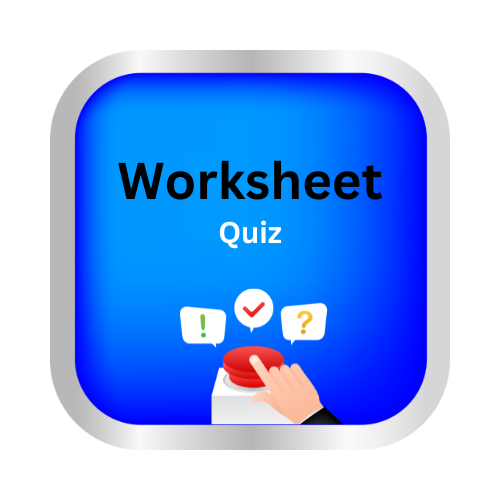How The Earth Moves
key notes :
Two Types of Earth’s Movements

- Rotation: The Earth spins on its axis.
- Revolution: The Earth orbits around the Sun.
Rotation
- Takes 24 hours to complete one full spin.
- Causes day and night.
- The axis is an imaginary line that runs from the North Pole to the South Pole.
Revolution
- Takes about 365.25 days to complete one orbit.
- Causes seasons due to the tilt of the Earth’s axis.
- The Earth’s orbit is elliptical (oval-shaped).
Tilt of the Earth’s Axis

- The axis is tilted at an angle of 23.5 degrees.
- Different parts of the Earth receive varying amounts of sunlight, creating seasons.
The Sun’s Role

- The Sun is the center of the solar system and provides light and heat.
- The Earth moves in an orbit due to the Sun’s gravitational pull.
Day and Night Cycle

- The side of the Earth facing the Sun experiences day.
- The opposite side experiences night.
Seasonal Changes

- The tilt and revolution cause summer, winter, spring, and autumn.
- When one hemisphere is tilted toward the Sun, it experiences summer, while the opposite experiences winter.
Speed of Movement
- The Earth rotates at about 1,670 kilometers per hour (at the equator).
- It revolves around the Sun at approximately 107,000 kilometers per hour.
Important Observations
- Sunrise and sunset are due to Earth’s rotation.
- Stars and constellations appear to move across the sky because of Earth’s rotation and revolution.
Let’s practice!

